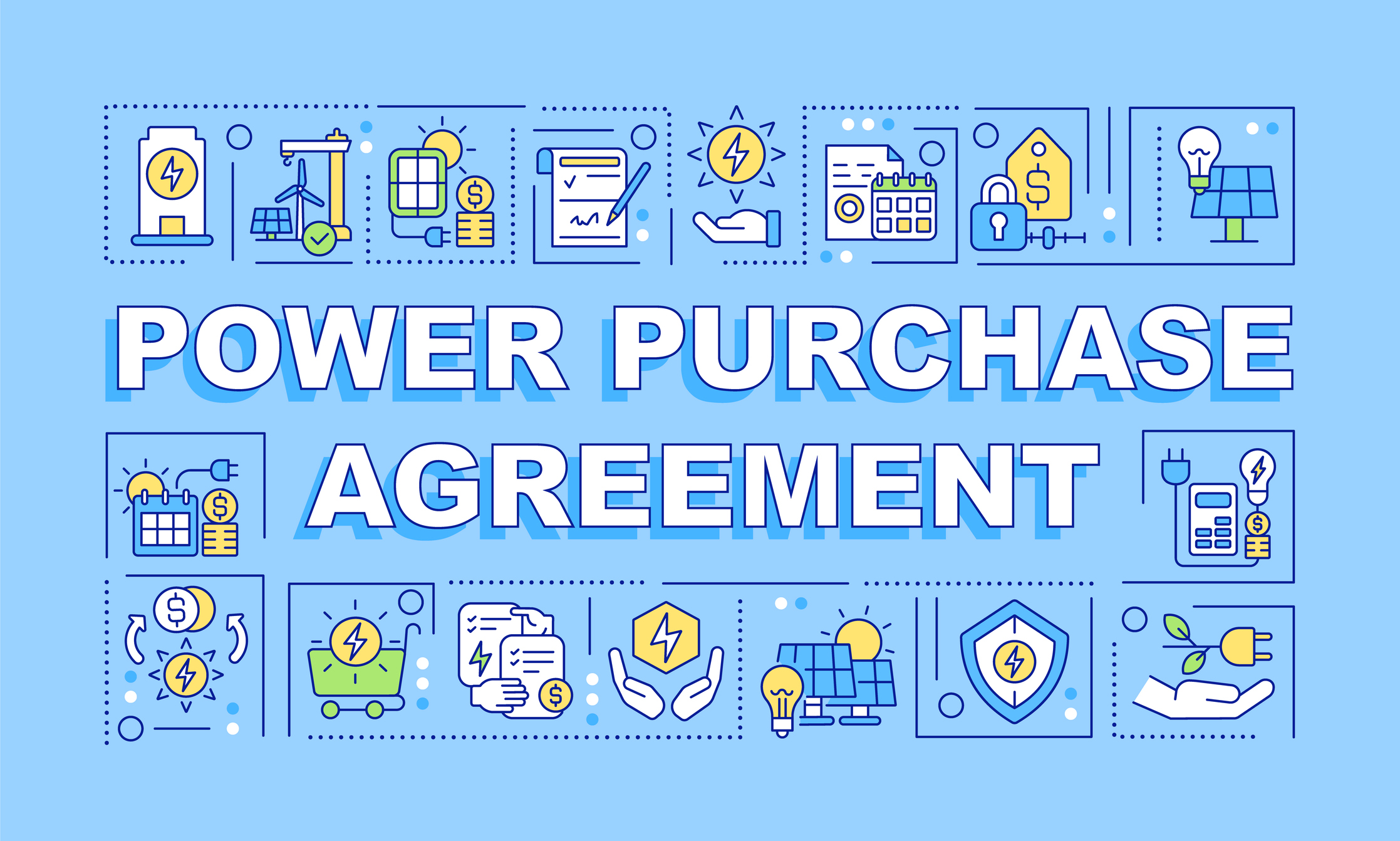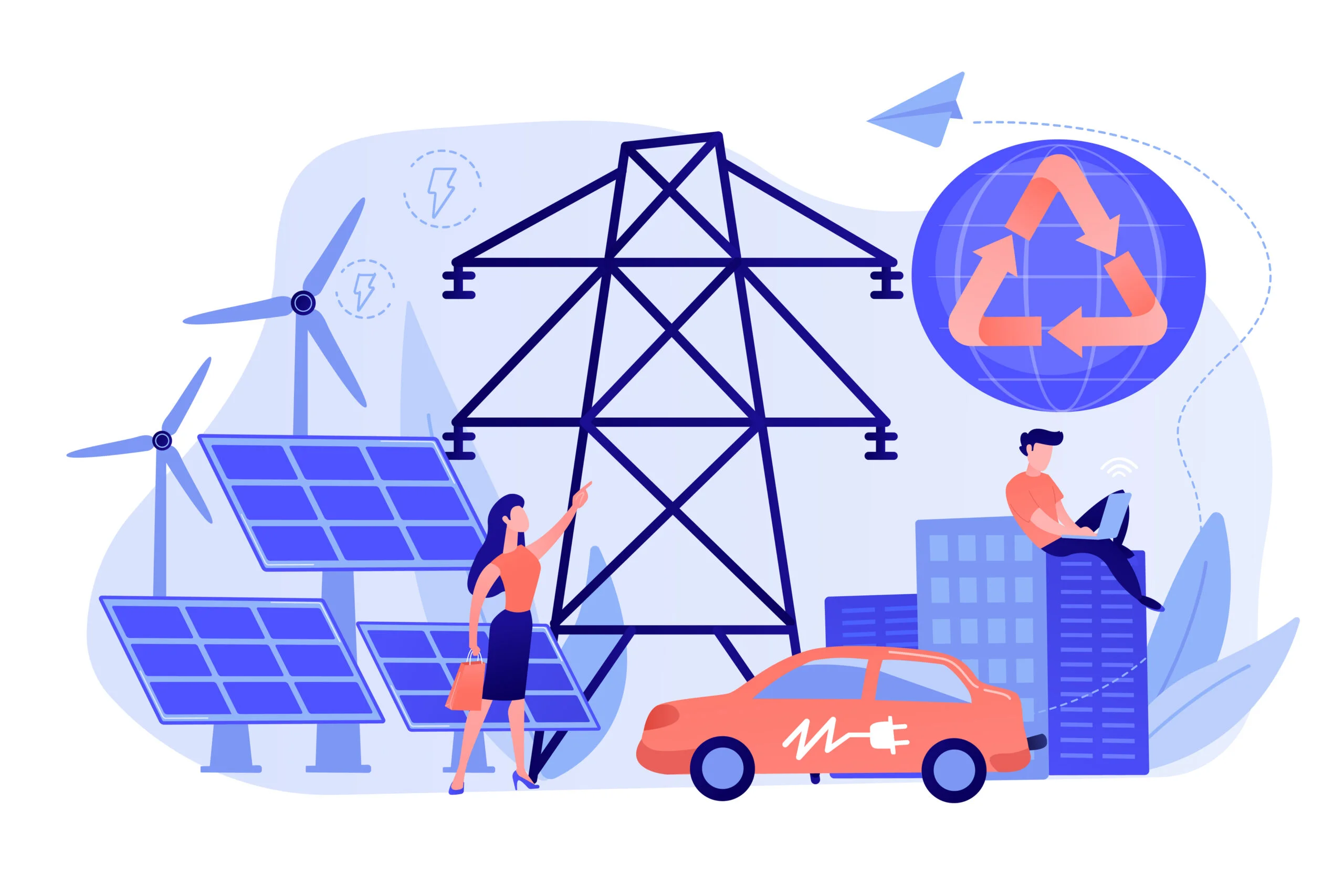According to the Department of Energy, 80-160 GW of virtual power plant capacity is needed to meet increasing demand by 2030. Currently, the U.S. yields between 30-60 GW of virtual power plant capacity primarily through aggregated demand response, one of several demand flexibility initiatives including EV charging, BYOD programs, and other load management strategies needed to increase grid resiliency and defray the high costs of peak demand energy. Fortunately, research indicates that investing in virtual power plants can save U.S. electric utilities between $15-35b in capacity over the next decade. These programs are enabled by distributed energy resources (DERs) which are aggregated through a distributed energy resource management system (DERMS). With behind-the-meter DER assets expected to double in consumer penetration by 2027, these Grid-Edge DERMS will provide invaluable insight into creating the necessary virtual power plant capacity.
In part 2 of our ongoing series (you can read part 1 here) on Grid-Edge DERMS, we explore the challenges grid operators and program managers may consider when purchasing their platform. With the need for increased load flexibility and virtual power plant capacity, finding the most affordable and efficient solution is critical to meeting the exploding demand caused by extreme weather and temperature events, while minimizing costly infrastructure upgrades.
Types of DERMS Explained
Before we dive into our questions, let’s look at the differences in DERMS. A distributed energy resource management system (DERMS) is just that: a platform that can control and aggregate all distributed energy resources (DERs). There are two types of DERMS:
- Grid DERMS – This type of DERMS manages utility-held assets like solar or battery installations.
- Grid-Edge DERMS – Similarly, a Grid-Edge DERMS aggregates behind-the-meter DER assets, resources found at the edge of the grid: in residential, commercial, and industrial properties.
Together, the two types of DERMS complement one another by addressing the full potential of DER assets, whether utility-owned or in a customer’s home. For the sake of this article, we’re only looking at Grid-Edge DERMS.
Can Your DERMS Scale?
Demand flexibility initiatives like demand response have been part of U.S. grid management for decades. Initially, these devices were controlled by one-way, then later two-way radio switches, which have since been widely replaced through the Internet of Things (IoT) with various behind-the-meter DER assets that respond through WiFi communications. With time, more customers have enrolled in demand response, with more than 10m residential customers enrolled in 2022 alone, a number that promises to grow.
This influx of DER assets has proven useful to utilities eager for more opportunities to expand their demand flexibility offers through programs like EV charging, BYOD programs, battery programs, and more. Can your Grid-Edge DERMS scale to meet these burgeoning opportunities? Does your DERMS vendor have a deep bank of APIs and integrations to minimize development time and expedite program deployment? Scalability is king, especially with a rapidly expanding DER market, so considering the potential for expansion is key to staying ahead of the curve.
Is the Platform All-in-One?
Scaling a demand response program is one thing, but can your preferred Grid-Edge DERMS aggregate a variety of device types? By managing a spectrum of devices, device types, and more, a DERMS can provide an all-in-one solution to all demand flexibility initiatives, minimizing program development and deployment times and costs while decreasing annual recurring expenses.
Suppose, for example, that a DERMS met your criteria, exclusively for a thermostat program. Now, if your operation expanded to include EV managed charging—a likelihood to meet long-term demand—your utility would incur a second set of fees, double the training time on the software, and silo teams, minimizing collaborative potential and flexible dispatching opportunities.
Does Your Grid-Edge DERMS Support Back Office Integrations?
In this context, “back office integrations” refers to any function of a Grid-Edge DERMS that does not directly apply to load management. Examples of back-office integrations may include customer engagement or incentive processing solutions, to name a few. The success of any demand flexibility program requires accessing your most valuable resource: your customers. With customer engagement software, utilities can own the customer journey, fostering a relationship that encourages further enrollment and participation.
– Amber Mullaney, VP of Marketing, Virtual Peaker
Consider advanced functionality when selecting a DERMS vendor, including program automation tools that program managers can use to automate customer contacts or incentive processing features that automatically manage the customer incentives to secure broader participation and enrollment.
Is Your DERMS Secure?
Every day, the U.S. grid is growing more vulnerable to cyberattacks, as authorities fear that extremists are targeting electric infrastructure. These concerns are entirely valid and reasonable and should remain at the heart of any decision involving selecting a Grid-Edge DERMS vendor. When looking for a DERMS vendor consider asking the following questions:
- Is all data encrypted?
- Are OEMs vulnerable?
- Is the vendor Soc 2 Type 2 certified?
- How often is the system probed for vulnerabilities?
- Are applications tested? Where is the data hosted?
Ideally, your preferred DERMS vendor will satisfy all of these questions and more as part of an ongoing defense against cyber attacks. At Virtual Peaker, we routinely run penetration tests, a host of audits, and more, while managing data backups, communications, and more. Make sure to find a DERMS vendor that is as diligent as they are dedicated to security protocols.
Is the User Experience Positive?
Not only does excellent customer service lead to positive financial outcomes for utilities, but finding a Grid-Edge DERMS vendor that in turn provides excellent customer service can dramatically improve and simplify demand flexibility management. Research indicates that a staggering 96% of customers say that customer service is important to their relationship with any brand. While that statistic is more aimed at consumers, it speaks equally to the ease of service that a good customer service experience can inculcate; it’s easier to collaborate when everyone is friendly, understanding, and supportive.
More Questions To Ask Before Purchasing Your Grid-Edge DERMS Conclusion
Recently, companies like BlackRock and Microsoft announced a new investor group focused on energy infrastructure and artificial intelligence. These investments signal both interest and an existential necessity to continue to meet demand throughout the energy transition. For now, artificial intelligence is already helping Grid-Edge DERMS through functionality like Topline Demand Control, which combines AI, forecasting software, and model predictive control to optimize DER assets. Investments in AI and infrastructure present opportunities for grid operators to meet rising demand, in turn emphasizing that load management initiatives are a strategic investment for all utilities: preparing now for your Grid-Edge DERMS can and will pay off down the line. Are you ready?





